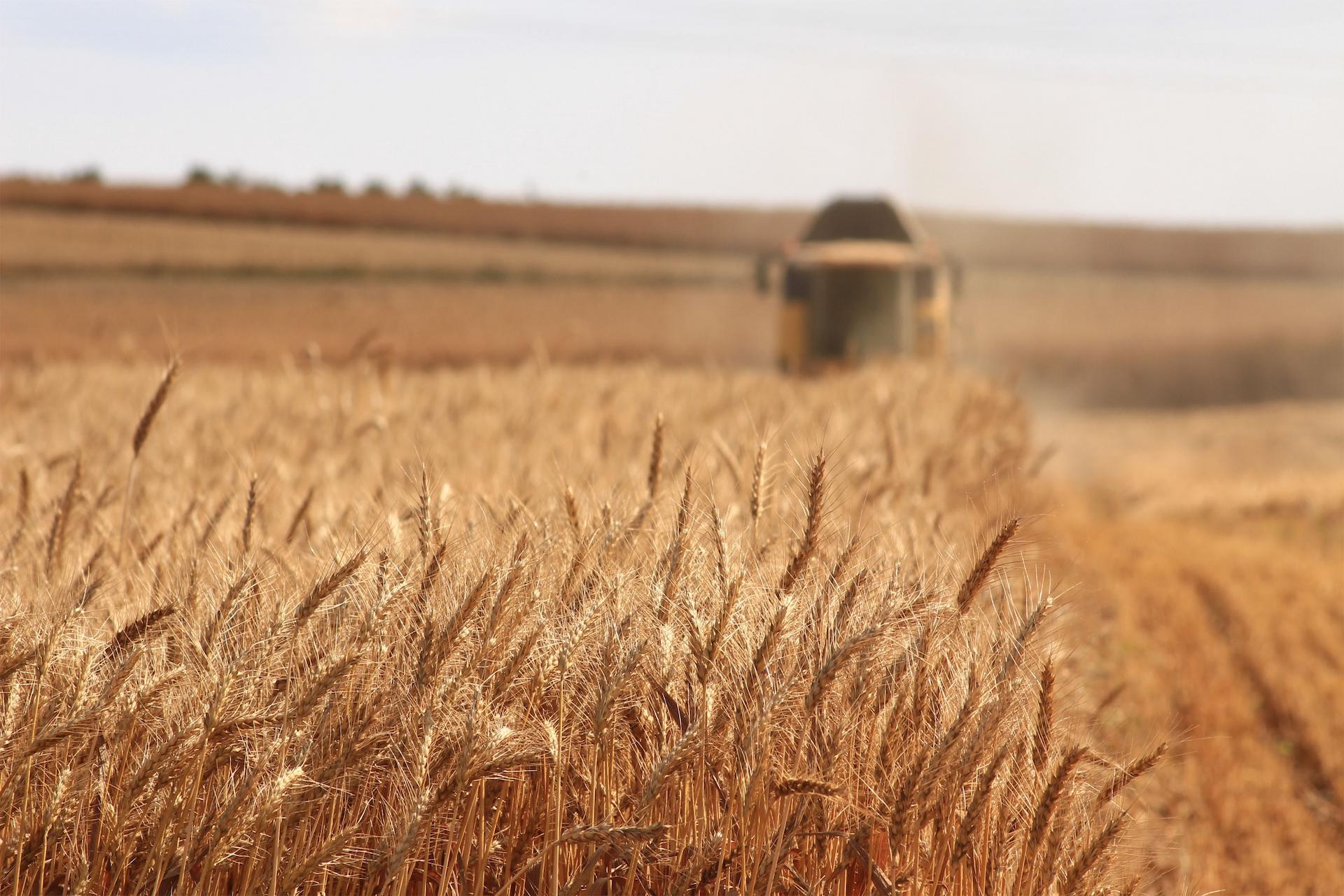Grain pricing determines the value or price of grain commodities in the market. It is a complex process influenced by several factors, including supply and demand dynamics, global market conditions, production costs, quality characteristics, and government policies.
The key aspects of grain prices, their importance, and some factors that affect them.
The price of grain is of paramount importance to grain producers, buyers, and the agricultural industry as a whole. For producers, the price they receive for their grain directly affects their profitability and income. It determines your income and influences your decisions regarding production levels, crop choices, and marketing strategies.
Buyers such as food processors, livestock producers, and ethanol producers rely on the price of grain to accurately estimate their production costs. Grain is an important component of your production processes, and its price significantly impacts your overall operating costs.
Various factors affect grain prices. One of the main drivers is the dynamics of supply and demand. Weather conditions, crop yields, and global production patterns strongly influence supply levels, while population growth, changes in diet, and economic factors affect the market.
World market conditions also play an important role in the price of grain. Cereals are traded on international markets, and prices are influenced by trade policy, geopolitical tensions, exchange rates, and global economic conditions. Changes in government policy, such as tariffs, export restrictions, or subsidies, can directly impact grain prices, upsetting the balance between supply and demand or affecting the competitiveness of grain on the world market.
Grain quality attributes also affect the price. Factors such as moisture content, protein level, test weight, foreign matter, and mycotoxin levels can affect grain value. Buyers often pay premiums or discounts based on quality characteristics, as specific traits can affect the suitability of the grain for particular end uses. Grain that meets the highest quality standards has a higher price in the market.
Production costs also affect the price of cereals. Growers must cover their growing costs, including costs associated with factors such as seeds, fertilizers, pesticides, fuel, labor, machinery, and land rents. When production costs rise, producers may seek higher prices to ensure profitability. In addition, input price fluctuations, such as fuel or fertilizer, can indirectly affect grain prices australia.
Market participants rely on various pricing mechanisms and tools to understand the intricacies of grain pricing. The cash, futures, and options markets provide platforms for pricing, risk management, and hedging. Cash markets involve the physical purchase and sale of grain at current market prices. Futures markets allow participants to enter into contracts for grain supply at predetermined prices, enabling them to hedge against price volatility.
End
The price of grain is a vital component of the agricultural industry. Accurate and fair grain pricing contributes to the efficiency, stability, and growth of the grain market and the agricultural sector.


